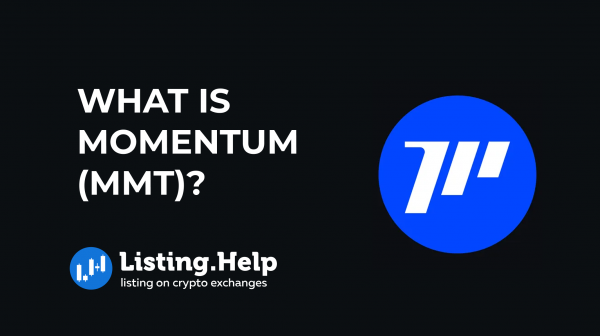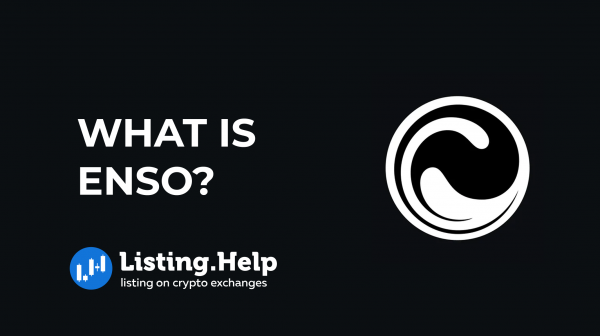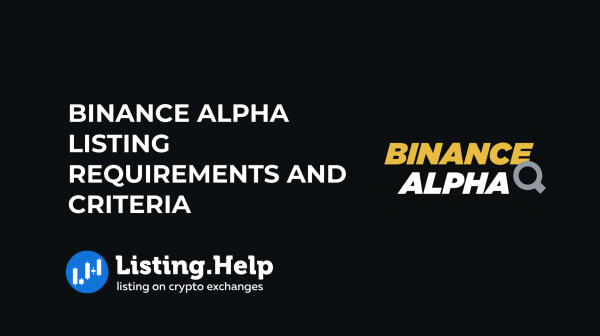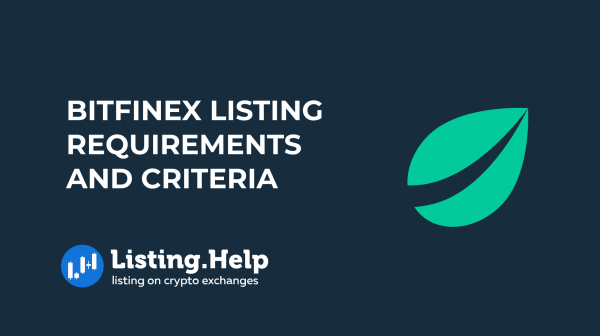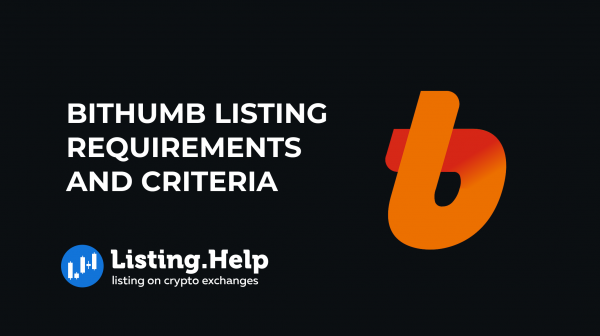What is Sophon (SOPH)?
 June 1, 2025
June 1, 2025 Updated: June 1 2025, 10:24
Updated: June 1 2025, 10:24
LEAVE A REQUEST
Launching your own token project? Our experts are ready to help with listing on exchanges, market making, marketing and other solutions
SUBMIT APPLICATIONIn the blockchain space, which has long been centered around trading and decentralized finance, it’s easy to assume everything’s already been done. But Sophon is stepping into a different lane — bringing attention to an area often overlooked in crypto: entertainment.
What is Sophon?
Sophon is a blockchain built with zero-knowledge (ZK) technology, operating within the ZKsync Elastic Chain. This system allows multiple blockchains to connect and function together efficiently. Unlike many chains focused on infrastructure or finance, Sophon is built with everyday users in mind. It targets applications like gaming, social media, and digital platforms — places where people already spend much of their time. The aim is to bring crypto tools into these spaces in a way that feels natural and easy to use, especially for those unfamiliar with the industry.
Technically, Sophon is a Validium chain, a type of Layer 2 that stores data outside the main Ethereum network while still using Ethereum for verifying transactions. This setup lets it handle more activity at lower cost, which is a common hurdle for apps running directly on Ethereum.
The Team Behind Sophon
Sophon is headquartered in Mountain View, California. The project is led by CEO Sebastien A, who previously worked with well-known names in the blockchain world like Matter Labs, Nervos, and Paper Ventures. His experience in scaling blockchain products suggests he’s well-equipped to guide a ZK-based platform like Sophon to broader use.
The founding team also includes Ed Chang, who serves as Chief Operating Officer. Chang comes from the gaming industry and formerly worked at Ava Labs, giving him a solid background in building products for mainstream users. Isaac Huang, listed as a co-founder of Sophon Labs, brings another layer of international experience, with professional roots in Singapore.
Other notable team members include Ramon Canales, who joins as VP of Product. Canales has previously been involved with Aragon and Matter Labs — projects that have had a lasting presence in the blockchain ecosystem. His background signals that this isn’t just a team of newcomers, but one with a strong grasp of both the tech and the community around it.
Sophon recently raised $10 million in funding from investors like Binance, Paper Ventures, and Maven 11. It’s growing quickly and drawing attention, especially among platforms that aim to modernize how users interact with Web3. Its main competition includes blockchains like Aptos, NEAR, and Solana — projects also aiming to make blockchain faster and more usable.
Sophon’s approach, though, sets it apart: instead of trying to reinvent finance, it’s looking to improve how people connect, play, and create online.
How Sophon Works?
Built on the ZK Stack and Elastic Chain
Sophon is developed using ZKsync’s ZK Stack, which powers a network of connected blockchains known as the Elastic Chain. This structure allows different chains to work together, letting users move funds and assets between them with ease. For developers, this setup simplifies building apps that can run across several chains, which helps improve both performance and reach.
What makes the Elastic Chain valuable here is its ability to scale as demand increases. That matters especially for apps in gaming and social spaces, where real-time interaction and low response times are important.
Validium Structure
Sophon runs as a Validium chain. That means most of its operations happen outside of Ethereum’s mainnet, which helps keep things efficient. Instead of recording every bit of data on Ethereum, it sends proof that transactions are valid. This method reduces congestion and fees, which is essential for apps that handle large volumes of activity.
Simplified User Experience with Account Abstraction
To make the platform easier for newcomers, Sophon uses account abstraction. Apps can cover transaction fees on behalf of users, meaning people don’t need to hold crypto just to interact with the network. This removes a common barrier and lets people try blockchain-based apps without needing to understand all the technical details upfront.
Moving Assets Onto Sophon
Users can bring assets from Ethereum onto Sophon using a dedicated bridge at portal.sophon.xyz. Some platforms even allow direct purchases of SOPH tokens, which lowers the entry point for people unfamiliar with swapping tokens or navigating between networks.
Node Setup and Network Operation
Sophon’s network relies on two types of nodes. Light Nodes verify data using a system called Avail and are easier to run, while Full Nodes handle the more demanding processing work. Currently, Sophon Labs is managing the main nodes, but there’s a roadmap in place to gradually include more participants, supporting decentralization over time.
To encourage more engagement, Sophon has launched a Guardian Program. This program gives out non-transferable NFT memberships, which remain locked until December 18, 2025. These memberships allow holders to either run nodes themselves or delegate those responsibilities, helping to secure the network.
What is the SOPH Token?
SOPH is the main token used on Sophon. It’s required for transactions and can also be used to support the network by staking. The supply is capped at 10 billion tokens. More than half — 57% — is set aside for the community through various distribution methods, like airdrops and incentive programs.
The rest is split between node operators (20%), investors (who are under a three-year lockup), the development team (four-year lockup), and an ecosystem fund meant for partnerships and additional liquidity.
The SOPH token is listed on many platforms, including Uniswap, PancakeSwap, MEXC and Gate.io. If you’re looking to list your token on similar platforms, understanding the listing process and meeting the standards of these exchanges is essential
Functions of the SOPH Token
- Transaction Costs All transactions on the Sophon network are paid in SOPH. Whether you’re using an app, sending tokens, or interacting with smart contracts, SOPH is required to cover the fees.
- Node Operator Incentives Node operators are rewarded with SOPH for keeping the network running. 20% of the total supply is allocated for this purpose, encouraging a broad base of operators and supporting decentralization.
- Governance Role (Possible) While it hasn’t been formalized yet, the way tokens are allocated — particularly those held by the Sophon Foundation — points to future governance features. Token holders may eventually help decide on protocol updates and other core issues.
- Ecosystem Support 30% of the supply is dedicated to growing the platform. This includes developer grants, marketing incentives, and other resources to help build and maintain an active community and a wide range of applications.
- Incentives for Liquidity Providers 10% of SOPH’s supply is intended for people providing liquidity or taking part in farming programs. These incentives help ensure there’s enough liquidity for users and that the ecosystem stays active.
Conclusion
Sophon Blockchain sets out to build an entertainment-focused platform where both creators and users are rewarded for their participation. Though the platform is still early in its development, its technical foundation gives it a solid chance to stand out — especially with its focus on decentralization, sustainability, and broadening the use of cryptocurrency in practical ways.
As the project develops, its design choices will be key in keeping the system stable and competitive in a space that’s already full of contenders. SOPH, the platform’s native token, is intended to support a broader entertainment ecosystem that spans multiple blockchains, potentially changing how people interact with digital content. Navigating crypto exchange listing fees remains a hurdle for many new projects, but Sophon’s incentive structures may ease this pressure for teams committed to the ecosystem.
In short, Sophon is aiming to reshape entertainment using blockchain in a way that feels more accessible and rewarding for everyone involved. But to succeed in a fast-moving industry, the team will need to back up their vision with real-world traction and a clear value to users.

For more insights and updates on the crypto world, don’t forget to check out our blog at Listing.Help







 December 8, 2025
December 8, 2025 